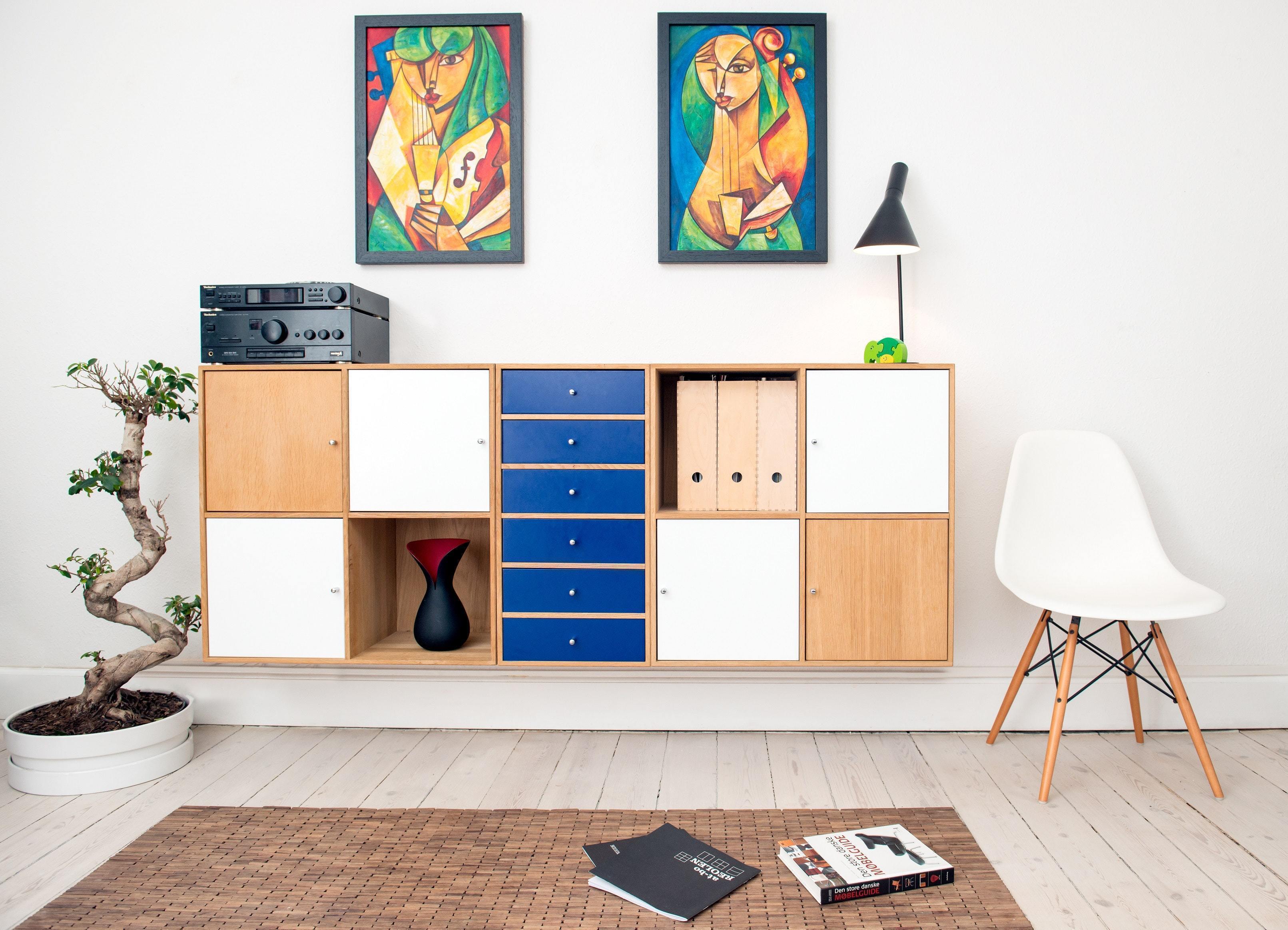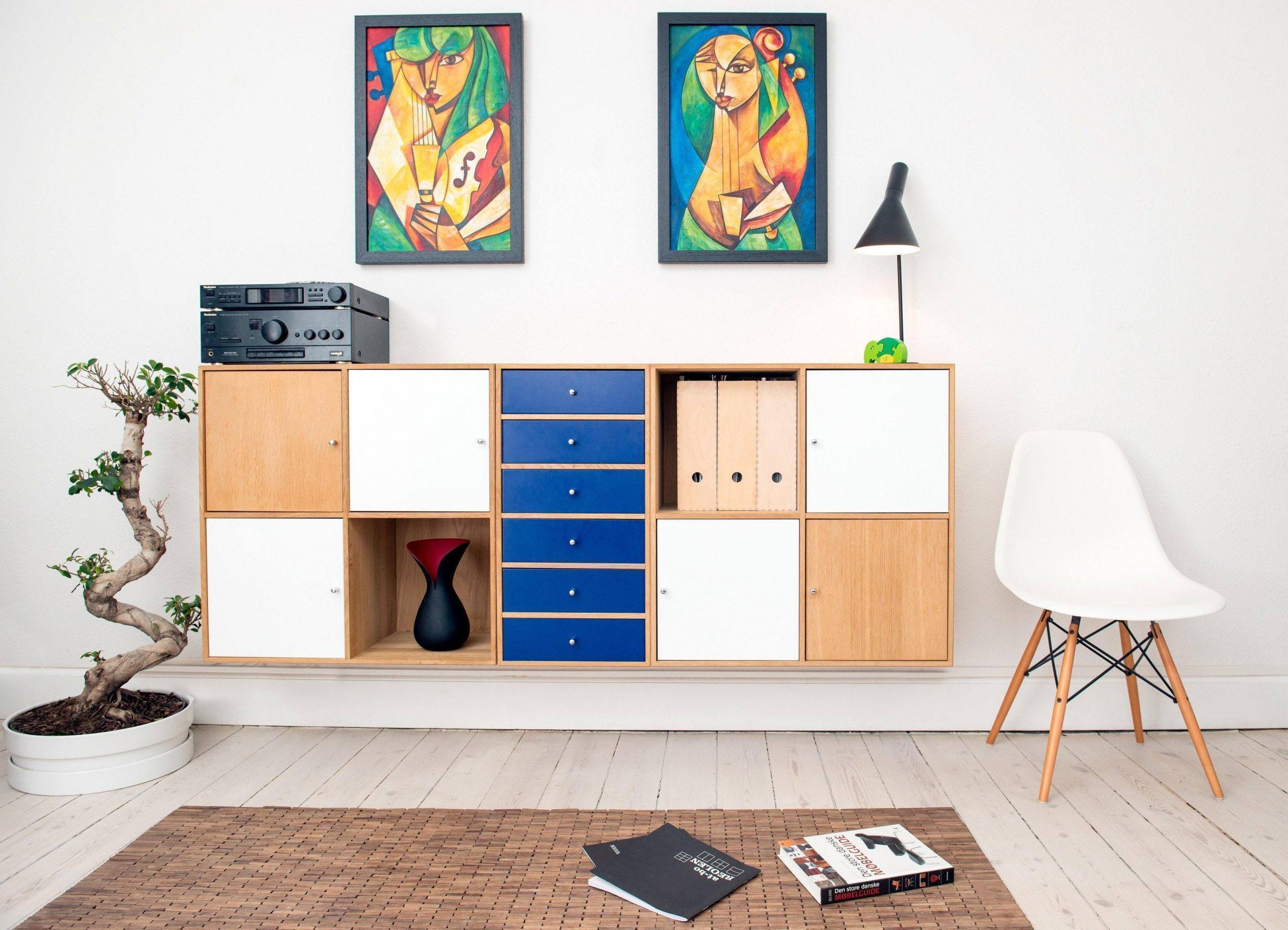Don’t Dread the Drawer: How Bad Collecting Points Can Sap Productivity

Somewhere in our house, we’ve all got that “drawer” that we’re afraid to open. And I don’t mean that figuratively, I mean a literal drawer: a drawer so stuffed with random, miscellaneous items that we get tired even thinking about having to root through it. And if it’s not a drawer, it’s a cabinet or the top of your desk, stuffed with random things. If you can’t describe the “theme” of that drawer in 3 words or less, it’s not organized.
More…
It came to be because every day, pieces of information fall into our laps, and these pieces of information have to go somewhere. So we began sticking the information wherever we could find space: in a filing cabinet, on top of the printer, in piles on the floor, on colorful sticky notes attached to our computers, or in a drawer where we didn’t have to look at it.
Until we do have to look at it.
This kind of “task build-up” undermines your ability to concentrate. Every time you open the drawer to get one item, all your other unfinished projects look up at you, forlornly—whining for attention.
Bad Collecting Points
Bad Collecting PointsThis kind of “task build-up” undermines your ability to concentrate. Every time you open the drawer to get one item, all your other unfinished projects look up at you, forlornly—whining for attention.It came to be because every day, pieces of information fall into our laps, and these pieces of information have to go somewhere. So we began sticking the information wherever we could find space: in a filing cabinet, on top of the printer, in piles on the floor, on colorful sticky notes attached to our computers, or in a drawer where we didn’t have to look at it.Somewhere in our house, we’ve all got that “drawer” that we’re afraid to open. And I don’t mean that figuratively, I mean a literal drawer: a drawer so stuffed with random, miscellaneous items that we get tired even thinking about having to root through it. And if it’s not a drawer, it’s a cabinet or the top of your desk, stuffed with random things. If you can’t describe the “theme” of that drawer in 3 words or less, it’s not organized.Don’t Dread the Drawer: How Bad Collecting Points Can Sap Productivity
This demonstrates a typical collecting point problem.
A collecting point is any place where you put “stuff” without properly deciding what to do with it. Have you ever looked at a pile of items and thought “Oh, I’ve been meaning to do that?” That’s a good sign you’re looking at a collecting point. But if this “stuff” begins piling up faster than you deal with it, then it will start to suffocate you, and you know you’re dealing with a bad collecting point. (You need a few “good,” well-managed collecting points.)
Here’s what’s wrong with this system of collecting:
1. You still have to do every task.2. You can’t clearly see all the tasks you need to complete right now.3. Tasks are begging you for your attention when you don’t need to see them.4. It can be nearly impossible to find what you want when you actually need it.
Dealing with It
Make a list of “collecting points” that meet these criteria. Grab a box (or 10 boxes, if necessary). Then completely clean out all of your “bad collecting points.” If for some reason a collecting point should really be a “home” for a few resource items you find in the drawer—i.e., a stapler or scrap paper—leave those items where they are. Otherwise, don’t leave anything behind. When in doubt, toss it in the box.
When one box is full, get another box. This might require ten boxes. It might fill a quarter of the office. Do it anyway. No cheating.
When you’ve emptied all the collecting places on your list (and any new ones you discovered), stand back and look at the room. How do you feel? You should feel a little bit more relaxed. You have a pile of papers and things to go through, but now they’re not spread around your house.
Tip: You’ll know it’s right when all your formerly-bad collecting points contain only “resource” items (not pending tasks) that can be described in 3 or fewer words.
The Permanent Fix
Now, what do you do with all those boxes? To take care of them properly and keep the problem from happening again, you need a good “conveyor belt” system. This will let you process everything quickly, including action items. Processed items will be in their homes and poised, ready for action when you need to see them. Until then, they will be out of your face.
And how do you set up a good conveyor belt system? See this article.
And how do you set up a good conveyor belt system? See this article.When you’ve emptied all the collecting places on your list (and any new ones you discovered), stand back and look at the room. How do you feel? You should feel a little bit more relaxed. You have a pile of papers and things to go through, but now they’re not spread around your house.When one box is full, get another box. This might require ten boxes. It might fill a quarter of the office. Do it anyway. No cheating.Make a list of “collecting points” that meet these criteria. Grab a box (or 10 boxes, if necessary). Then completely clean out all of your “bad collecting points.” If for some reason a collecting point should really be a “home” for a few resource items you find in the drawer—i.e., a stapler or scrap paper—leave those items where they are. Otherwise, don’t leave anything behind. When in doubt, toss it in the box.Dealing with It1. You still have to do every task.2. You can’t clearly see all the tasks you need to complete right now.3. Tasks are begging you for your attention when you don’t need to see them.4. It can be nearly impossible to find what you want when you actually need it.Here’s what’s wrong with this system of collecting:A collecting point is any place where you put “stuff” without properly deciding what to do with it. Have you ever looked at a pile of items and thought “Oh, I’ve been meaning to do that?” That’s a good sign you’re looking at a collecting point. But if this “stuff” begins piling up faster than you deal with it, then it will start to suffocate you, and you know you’re dealing with a bad collecting point. (You need a few “good,” well-managed collecting points.)This demonstrates a typical collecting point problem.


Recent Comments